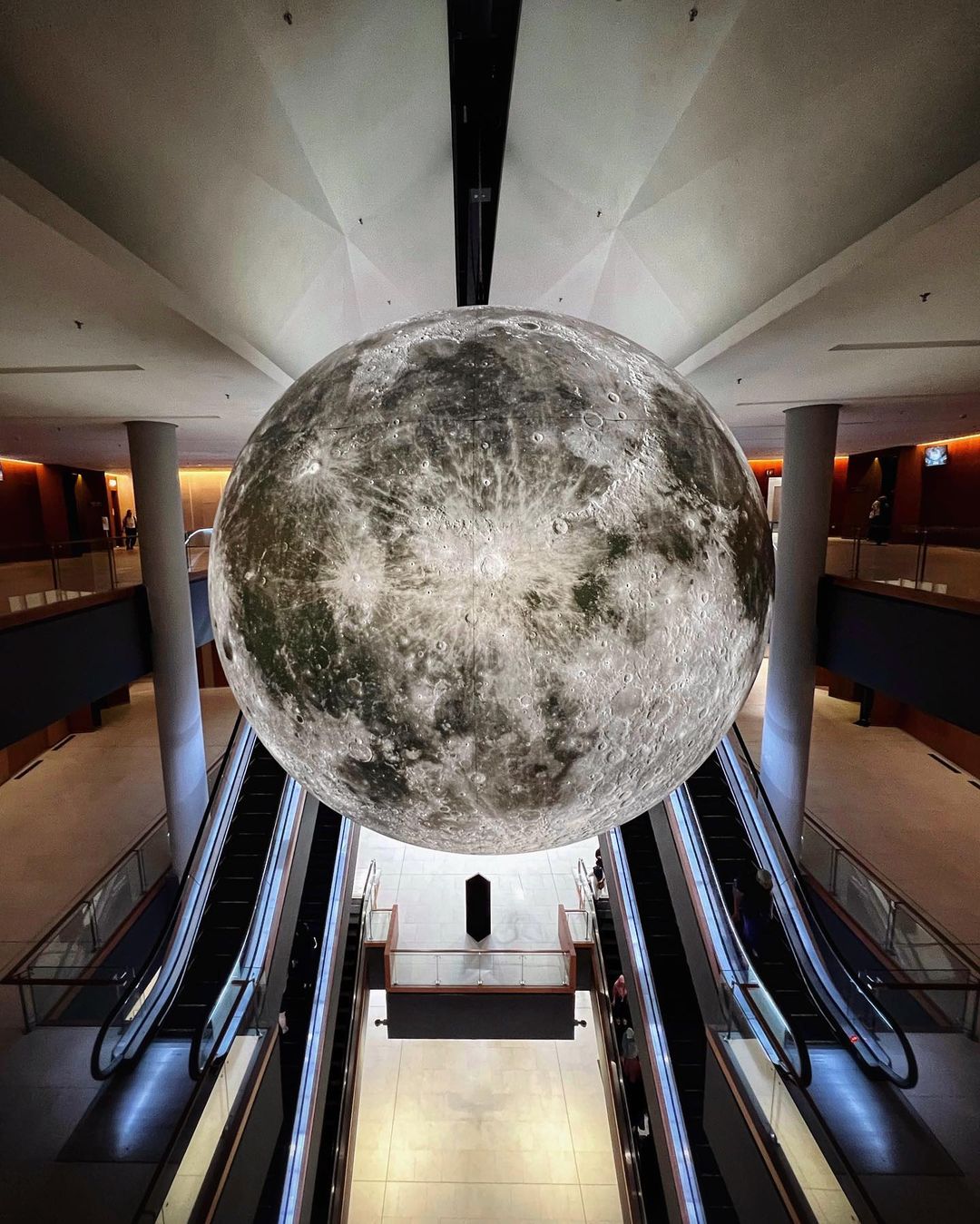Delve Into the Remarkable Globe of Borneo's Cultural Heritage: A Comprehensive Overview to the Cultures Museum Experience
Immersing oneself in the intricate tapestry of Borneo's cultural heritage is comparable to getting started on a trip with time and custom. The fusion of aboriginal people, traditional inventions, fascinating performances, and historic stories housed within the confines of the island's galleries provides a glimpse right into a globe bristling with extensive traditions and vibrant personalizeds. As visitors traverse through these repositories of culture, they are beckoned to explore a world where past and present intermingle, inviting reflection on the durability and richness of Borneo's varied heritage.
Aboriginal Tribes of Borneo
Borneo is home to over 50 indigenous people, each with unique social practices and traditions that have been preserved for generations. Amongst these tribes are the Iban, understood for their standard longhouses and detailed tattoos where numerous family members stay.
These aboriginal people play a vital role in preserving Borneo's abundant cultural tapestry. In spite of exterior influences and modernization, many people proceed to maintain their languages, beliefs, and custom-mades. Site visitors to Borneo have the opportunity to engage themselves in the one-of-a-kind way of livings of these tribes with social trips, homestays, and community-based tourism initiatives. By involving with these indigenous communities, visitors can get a much deeper gratitude for the variety and resilience of Borneo's native heritage.
Traditional Inventions and Artifacts
One prominent example of conventional handicrafts in Borneo is the manufacturing of woven products - Borneo Cultures Museum. Competent weavers make use of all-natural fibers like bamboo, pandan, and rattan delegates develop intricate baskets, mats, and devices embellished with colorful patterns that hold symbolic significances within the neighborhood
The art of woodcarving is one more considerable aspect of Borneo's standard inventions. Artisans sculpt complex designs into different kinds of timber to generate masks, sculptures, and music tools that not only offer functional purposes however additionally hold social significance, usually depicting folklore or spiritual ideas.
Additionally, Borneo is renowned for its beadwork, with craftsmens thoroughly crafting grains from products like glass, seeds, and coverings to produce jewelry, garments decorations, and ornamental products that showcase the region's vivid visual practices. These typical inventions and artefacts not just work as concrete expressions of Borneo's cultural heritage but likewise provide understandings into the neighborhoods' beliefs, worths, and lifestyle.

Social Performances and Festivals
With an ingrained connection to their cultural customs, the communities in Borneo come active via dynamic cultural efficiencies and festivals that commemorate their heritage. These occasions display the rich variety of Borneo's ethnic groups, each offering distinct dancings, songs, and routines that have actually been given through generations. Among the most renowned celebrations is the Gawai Dayak, commemorated by the Dayak people to note the rice collecting season. During this festival, traditional songs fills the air, detailed dancings are carried out, and fancy traditional costumes are worn. One more substantial occasion is the Pesta Kaamatan, commemorated by the Kadazandusun community to appreciate for the rice harvest. This event features cultural performances, including the Sumazau dancing, and conventional sporting activities like the bamboo dance. Visitors to Borneo can submerse themselves in these festivities, obtaining a deeper understanding of the region's social heritage and experiencing the cozy friendliness of its people. Social efficiencies and celebrations function as a vibrant tip of Borneo's abundant cultural tapestry and the significance of preserving these customs for future generations.
Historical Narratives and Artifacts
Checking out the historical narratives and artifacts of Borneo uses an interesting peek into the region's abundant past and social development. Borneo's historic tapestry is woven with diverse influences, mirroring the communications in between native tribes, Chinese traders, European colonizers, and Malay sultanates. The artefacts discovered in Borneo showcase this elaborate background, ranging from standard crafts like complex beadwork and woodcarvings to archaeological treasures such see as ancient you can check here pottery and tools.
One of the most compelling elements of Borneo's historical stories is the preservation of oral customs passed down with generations. These stories offer insights into the beliefs, customizeds, and day-to-days live of Borneo's citizens throughout the centuries. The artefacts discovered from archaeological sites provide substantial links to these stories, enabling site visitors to witness the material society of previous societies firsthand.
Contemporary Cultural Preservation Efforts

Furthermore, curricula and social exchange activities play an important function in elevating awareness concerning the relevance of maintaining Borneo's unique social heritage. By engaging schools, galleries, and the bigger neighborhood in conversations and activities that commemorate Borneo's diverse cultures, conservation initiatives can obtain momentum and support for long-lasting sustainability. Partnerships in between governmental bodies, non-profit organizations, and local areas are crucial in driving these conservation endeavors forward, making certain that Borneo's abundant social heritage stays vivid and treasured for generations to find.
Conclusion
To conclude, the social heritage of Borneo is varied and rich, with aboriginal people, traditional inventions, cultural performances, events, historical stories, and contemporary conservation efforts all adding to its uniqueness and relevance. Site visitors to Borneo's social museums can get a much deeper understanding and gratitude of the region's cultural heritage, permitting a much more immersive and informing experience.
Immersing oneself in the intricate tapestry of Borneo's cultural heritage is akin to embarking on a voyage via time and practice.With sites a deep-rooted connection to their social traditions, the areas in Borneo come to life through vivid social performances and celebrations that commemorate their heritage. Social performances and celebrations offer as a vibrant reminder of Borneo's abundant social tapestry and the significance of maintaining these customs for future generations.
Moreover, educational programs and cultural exchange activities play a critical role in increasing awareness about the relevance of preserving Borneo's special social heritage. Collaborations between governmental bodies, non-profit companies, and neighborhood areas are important in driving these conservation undertakings onward, making sure that Borneo's abundant social heritage stays vivid and treasured for generations to come.